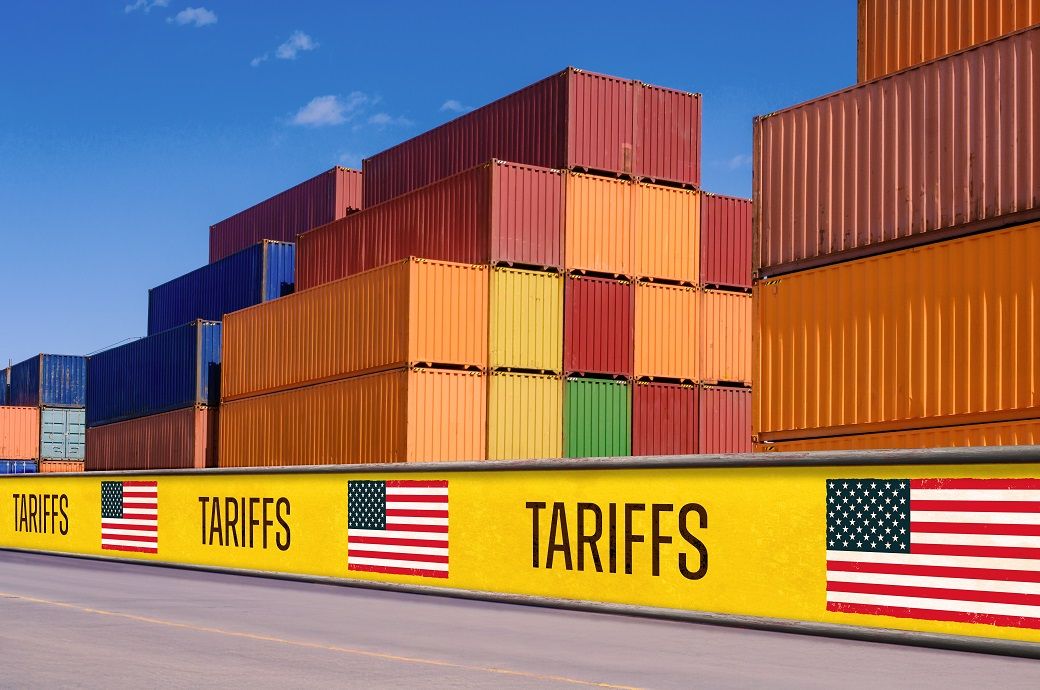
Moody’s-rated Indian non-financial corporates are largely shielded from US import tariffs, owing to their domestic market orientation and minimal export reliance, as per Moody’s Ratings.
The Indian textile sector is expected to gain a competitive edge over China, buoyed by the recent India–UK Free Trade Agreement.
Continued government focus on boosting private consumption, expanding manufacturing capacity, and ramping up infrastructure spending is expected to offset weakening global demand, Moody’s Ratings and its Indian affiliate ICRA said in a release.
“Shifts in global supply chains coupled with the Indian government’s efforts to increase local production will benefit domestic manufacturing. However, challenges such as the inadequacy of skilled labour, evolving logistics infrastructure and complex land and labour laws in the country could constrain the growth of India’s manufacturing sector”, said Vikash Halan, managing director at Moody’s Ratings.
Moody’s is expecting these companies would invest approximately $50 billion annually in capital expenditure over the next two years, largely funded through internal accruals. As a result, average leverage levels, measured by debt/EBITDA, are projected to stay close to 3.0x.
Meanwhile, ICRA has noted that Indian corporates are generally well-positioned to weather tariff uncertainties and geopolitical tensions. However, sectoral vulnerabilities persist. Geopolitical risks, especially tensions with Pakistan, may temporarily impact the travel and hospitality sectors. Yet, India’s overall exposure to such risks is seen as moderate.
ICRA has forecast India’s GDP to grow by 6.3 per cent in fiscal 2025 (FY25) and 6.2 per cent in fiscal 2026 (FY26). Manufacturing momentum is accelerating under the Production-Linked Incentive (PLI) scheme.
“Urban consumption, muted in FY25, is expected to recover in FY26, supported by income tax relief, further rate cuts, and easing food inflation,” said K Ravichandran, EVP and chief rating officer, ICRA Ltd.
India’s corporate sector has also seen significant deleveraging, with debt/OPBITDA improving to 2.1x as of March 2025, from 3.2x in March 2019. In the financial sector, despite some asset quality concerns in unsecured lending and microfinance, both bank and NBFC balance sheets remain stable and capable of supporting credit growth, contingent on liquidity conditions.
ALCHEMPro News Desk (HU)
Receive daily prices and market insights straight to your inbox. Subscribe to AlchemPro Weekly!